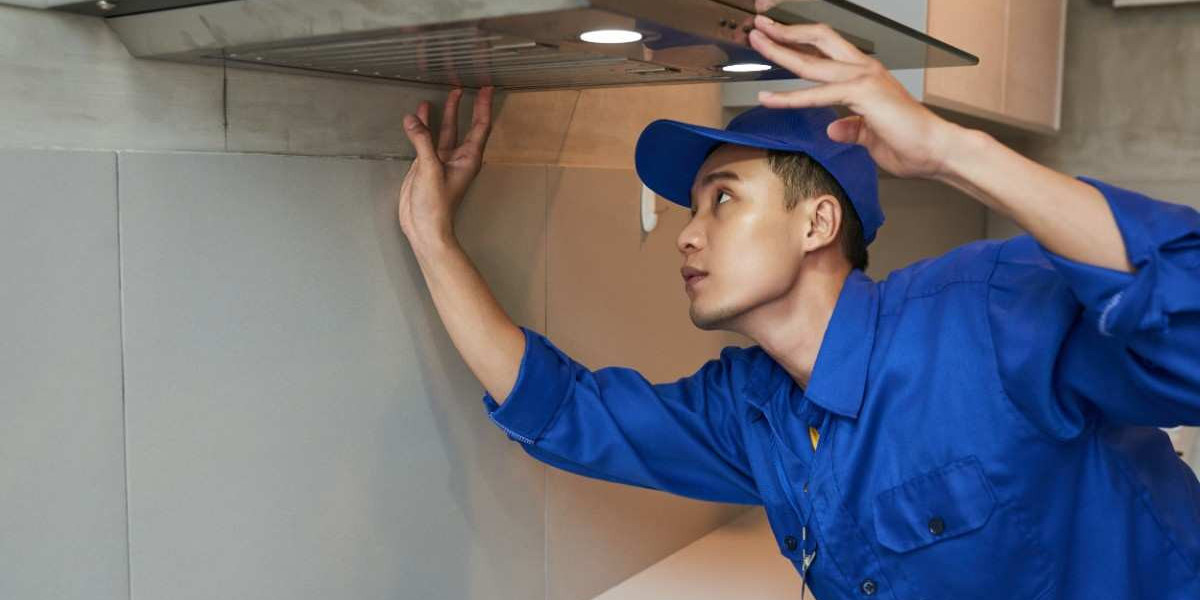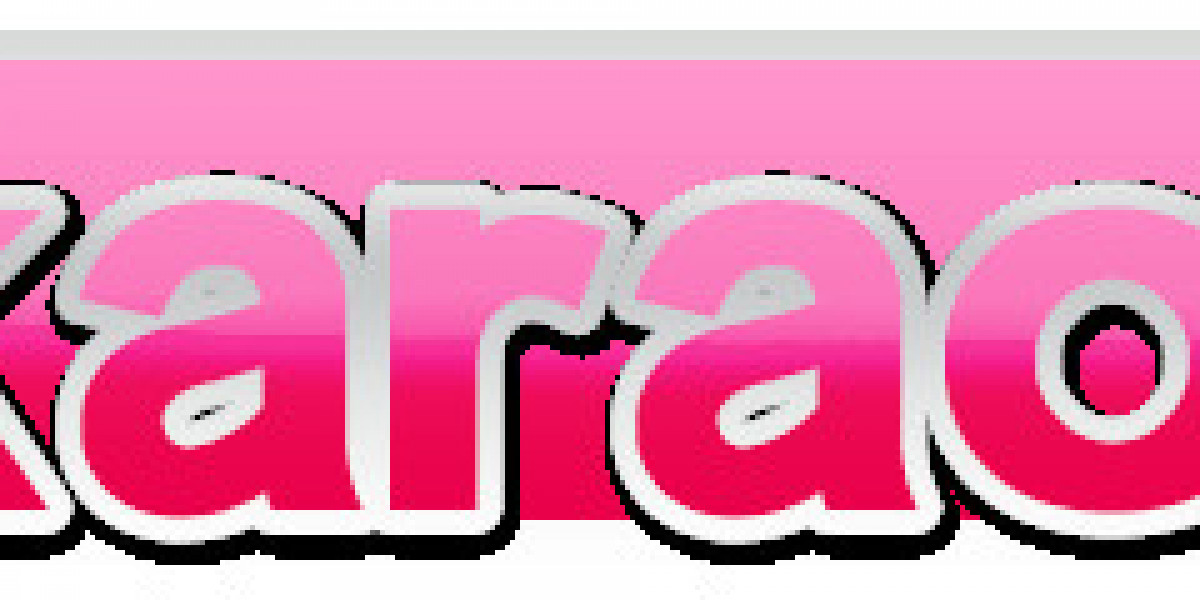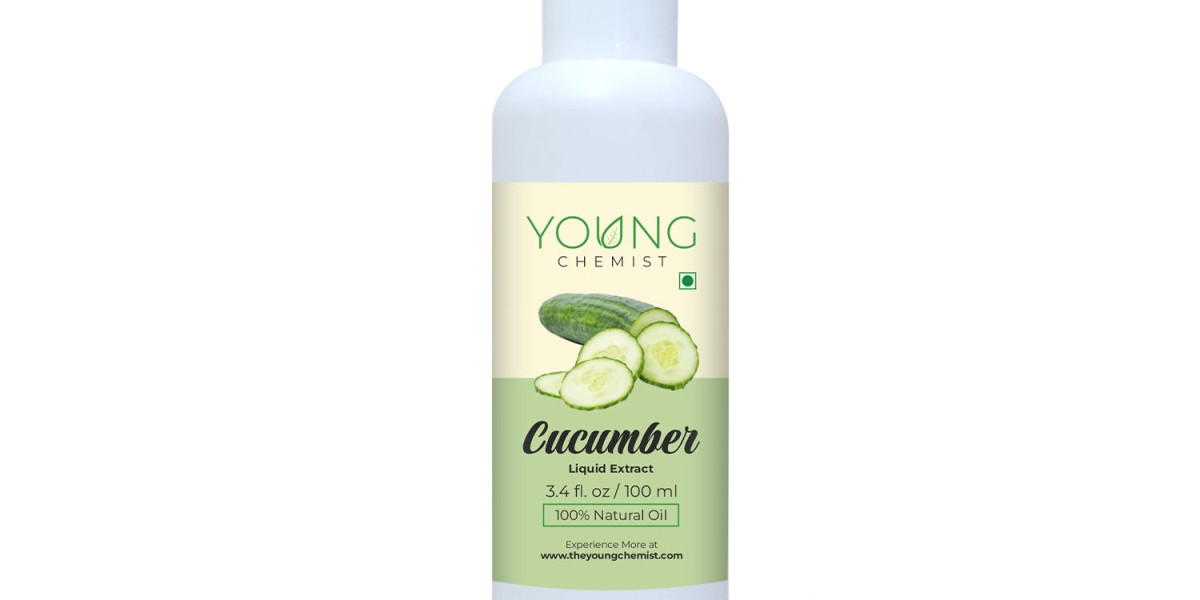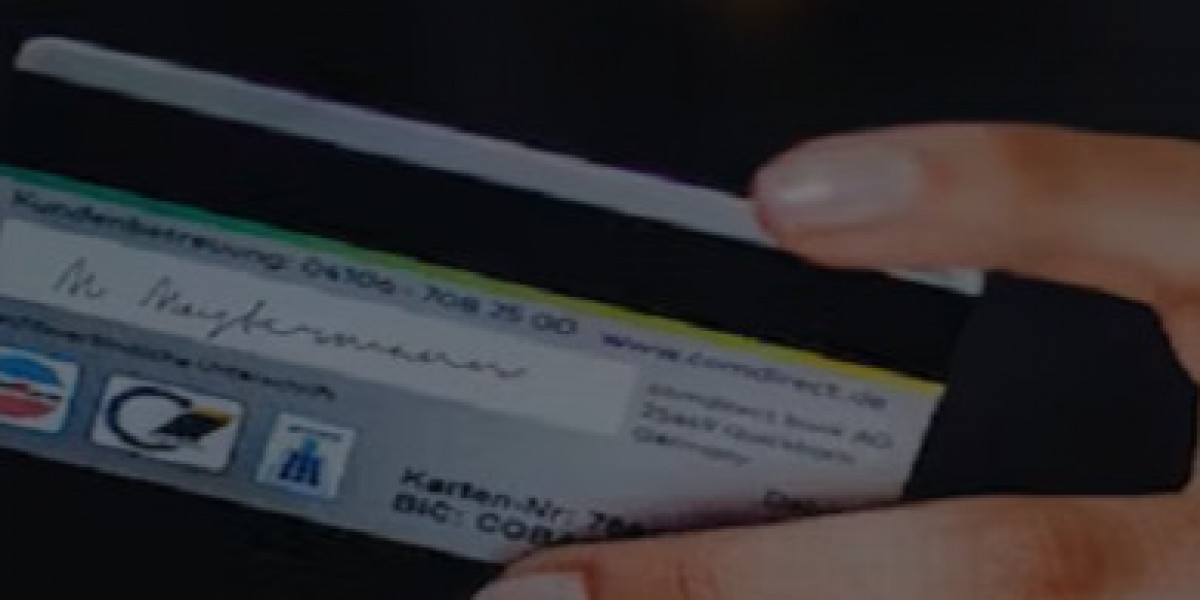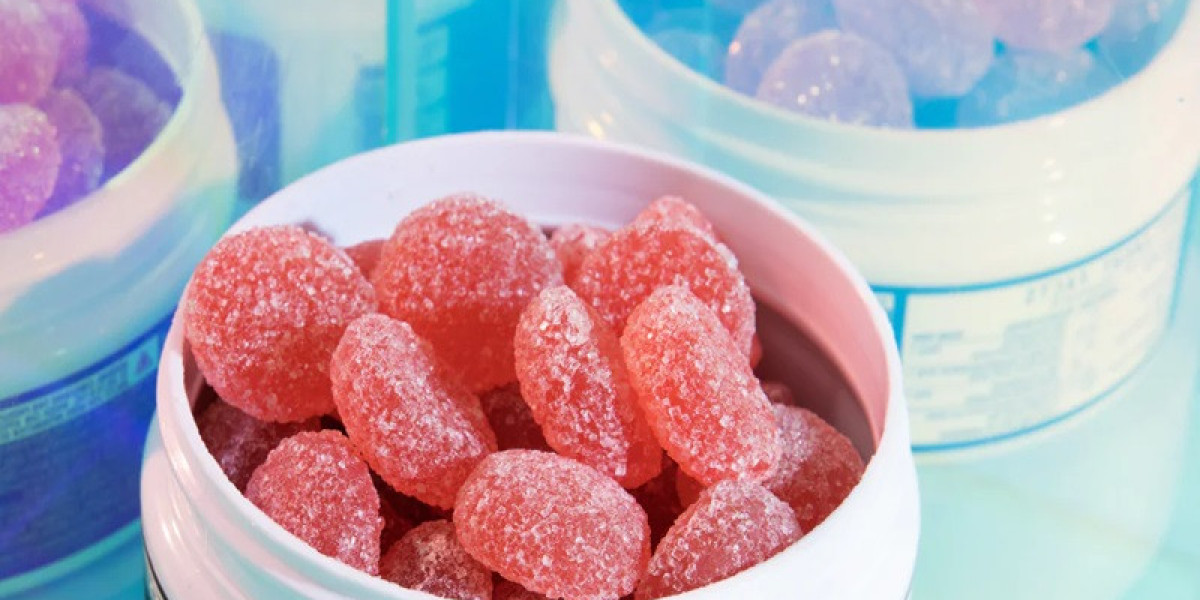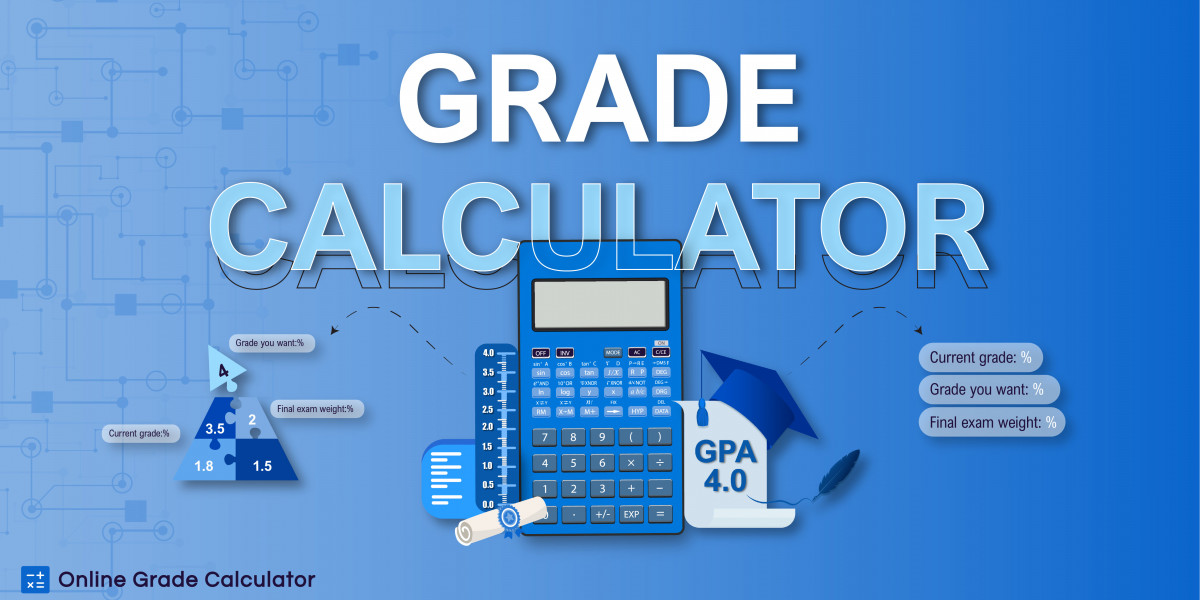If you operate a commercial kitchen, you already know how important it is to keep everything clean and safe. One of the most overlooked—but essential—parts of that is your kitchen exhaust system. Regular kitchen exhaust cleaning isn’t just about appearances; it’s a vital step in maintaining fire safety, equipment efficiency, and compliance with fire codes like NFPA 96.
But what exactly happens during a professional kitchen exhaust cleaning service? Whether it’s your first time scheduling one or you want to make sure your current provider is doing a thorough job, this guide will walk you through what to expect.
Why Kitchen Exhaust Cleaning Is Important
Before diving into the cleaning process, let’s talk about why it matters:
Fire Prevention: Grease buildup in the exhaust system is a leading cause of restaurant fires. A single spark can ignite layers of grease in the ductwork.
Health and Safety Compliance: Health departments and fire marshals require kitchen exhaust systems to be kept clean and maintained regularly.
Efficiency: A clean exhaust system improves airflow, which keeps your kitchen cooler and your equipment running efficiently.
Odor Control: Removing grease and grime helps prevent unpleasant smells from lingering in your kitchen or dining area.
When Should You Schedule a Cleaning?
The frequency of professional kitchen exhaust cleaning depends on the volume and type of cooking you do. According to NFPA 96 guidelines:
High-volume kitchens (e.g., 24-hour restaurants or those using solid fuel): Every 1 month
Moderate-volume operations: Every 3 months
Low-volume or seasonal use: Every 6 to 12 months
A qualified service provider will help determine the right schedule for your specific kitchen.
Step-by-Step: What Happens During a Professional Cleaning
Let’s walk through the typical process of a professional kitchen exhaust cleaning service:
1. Initial Inspection and Prep Work
The cleaning crew starts with a full inspection of your kitchen exhaust system. This includes:
Exhaust hood
Grease filters
Ductwork
Exhaust fan (typically on the roof)
After the inspection, the crew will cover cooking appliances and nearby surfaces with plastic sheeting or tarps to protect your equipment from water and debris.
They’ll also shut down the exhaust fan and electrical systems connected to the hood, ensuring safety throughout the cleaning process.
2. Removing and Cleaning Grease Filters
The first components to be removed are the grease filters. These are typically metal baffle filters or mesh filters that trap airborne grease.
The filters are soaked in a degreasing solution or cleaned using a pressure washer. Some services even use heated dip tanks for deep cleaning. Once cleaned, the filters are set aside to dry and will be reinstalled at the end.
3. Deep Cleaning the Exhaust Hood
Next up is the hood—the visible part of the system located directly above your cooking surfaces. Technicians will scrape off thick grease deposits and follow up with high-powered degreasing agents and hot water pressure washing.
This step often involves scrubbing both the interior and exterior surfaces, including seams, corners, and hinges.
4. Cleaning the Ductwork
This is one of the most important parts of the process, and often the most overlooked by non-certified cleaners. Grease-laden vapors rise into the ducts, where they cool and stick to the walls over time.
Technicians access the ducts through pre-installed access panels or may install new panels as needed. They use specialized tools such as:
Rotary brushes
Steam or hot water pressure washers
Chemical degreasers
Technicians clean the entire length of the duct, from the hood to the exhaust fan. This ensures that no grease buildup is left behind in hidden or hard-to-reach areas.
5. Exhaust Fan Cleaning and Inspection
Finally, the cleaning crew will reach the rooftop exhaust fan. This part of the system is responsible for pulling smoke and vapors out of the kitchen. It often collects a lot of grease on the blades and housing.
Technicians will:
Remove the fan cover
Scrub fan blades and housing
Clean the motor area (if accessible)
Check for belt wear or loose connections
If the fan has a grease containment system, they’ll also empty and clean it during the service.
6. Cleanup and Final Inspection
Once all components are cleaned and reassembled, the crew will:
Wipe down surrounding areas
Remove all plastic sheeting and debris
Reinstall filters and test the fan system
Take before-and-after photos for documentation
Most professional services will also provide a certificate of cleaning, which you should keep on file for health inspectors and insurance companies.
How Long Does It Take?
Depending on the size of your kitchen and the amount of grease buildup, a full kitchen exhaust cleaning typically takes 3 to 6 hours. Some services are scheduled overnight or during off-hours to avoid disrupting business operations.
What Should You Look for in a Professional Service?
Not all cleaning services are created equal. Make sure the company you hire is:
Certified by a recognized organization (e.g., IKECA – International Kitchen Exhaust Cleaning Association)
Experienced with NFPA 96 standards
Able to provide proof of insurance and licensing
Willing to offer before-and-after photos and documentation
Ask if they include access panel installation, rooftop fan cleaning, and filter maintenance in their service.
Final Thoughts
Professional kitchen exhaust cleaning isn’t just a routine chore—it’s a critical safety measure for any commercial kitchen. From reducing fire risk to staying code-compliant, regular cleanings protect your property, your employees, and your customers.
Now that you know what to expect, you can schedule your next cleaning with confidence and keep your kitchen running safely and efficiently.

